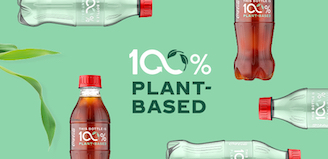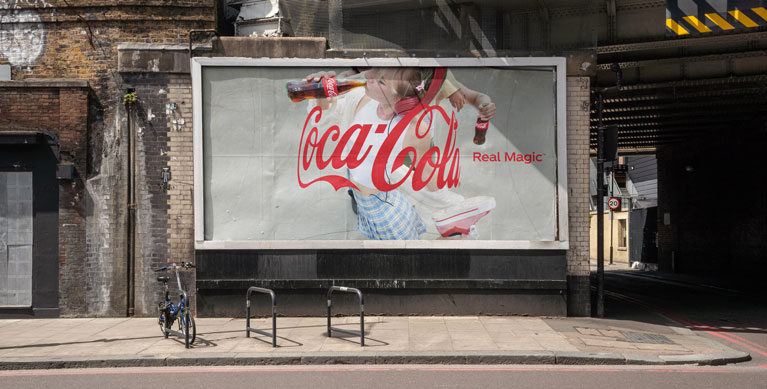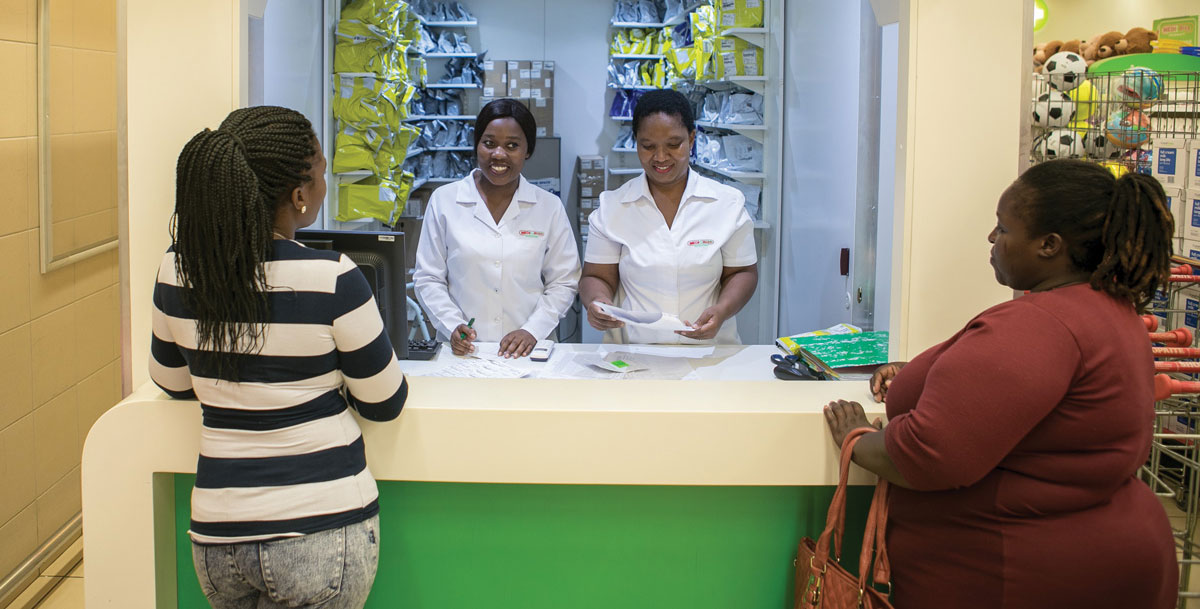
How Coca‑Cola is Pivoting its Innovation and Commercial Strategies in the COVID-19 Era
06-18-2020
The coronavirus pandemic has triggered seismic shifts in shopping behavior, challenging The Coca‑Cola Company and creating new opportunities in everything from brand launches and marketing campaigns to routes to market and revenue growth management strategies.
“We have made progress on becoming more nimble and faster to adapt, faster to pivot,” Chief Financial Officer John Murphy said at the Deutsche Bank Global Consumer Conference on June 12. “There's broad alignment and an objective to emerge from the crisis with an even stronger leadership position. I don't think we could have been better prepared with respect to overall quality of leadership and clarity on the strategic initiatives required to navigate through this.”
Here are key takeaways from Murphy’s remarks about how Coca‑Cola is responding to the pandemic:
Innovation Will Continue to be Source of Growth
Coronavirus has prompted the company to accelerate efforts to streamline its beverage portfolio, eliminating under-performing “zombie” brands and adapting its innovation pipeline. “We’ve seen tremendous expansion… a lot of experimentation, a lot of learning, but the pipeline has become rather busy and clogged,” Murphy said. The company is now balancing an entrepreneurial edge with a tighter focus on fewer, bigger and more relevant offerings with potential to scale to multiple markets.
“We are becoming more disciplined and making the tougher decisions to prune back and allow the (brands) that have the opportunity to grow to get the attention they deserve,” Murphy said.
Staying Focused on Consumers and Local Communities
“It’s important to remain consumer-centric, to remain close to the consumer and understand how the consumer is adapting and behaving through the crisis, and what behaviors are short-term versus those that may stick,” Murphy said.
The company is keeping a close eye on new trends emerging in the COVID-19 era and innovating accordingly. “The area of hygiene, for example, is one I think is going to be very much on consumers’ minds going forward,” Murphy said. “Building touchless solutions, therefore, in the away-from-home channel is a big opportunity we need to tap into. There also will be some new motivations in the functional arena that we need to bring into our portfolio faster.”
Maintaining a hyper-local focus is equally important. “Winning locally is something that should not change through this type of period,” Murphy said. “In these last 12 weeks, the intersection of what we do for our local communities, particularly through our bottling partners, and how that's perceived by consumers has never been more important. We're extremely proud of how we have stepped up in that regard.”
Helping Retail and Foodservice Customers Adapt
Coca‑Cola teams around the world are collaborating with grocery customers to adjust supply chains and prioritize delivery and promotion of core brands and SKUs like multipacks as people adjust to stay-at-home lifestyles and make fewer, quicker stock-up trips. “We’re doing what we need to do to keep the attention of the shopper,” Murphy said.
With consumers reaching for established, trusted brands during uncertain times, Coca‑Cola is taking steps to keep top-selling offerings in stock and scaling back or postponing planned brand launches.
“Customers are very focused in times like these on what moves,” Murphy said, while noting that the U.S. launch of AHA flavored sparkling water is off to a strong start despite a challenging environment. “So, the bigger brands, the bigger SKUs, get a lot of preference. We've tailored our approach accordingly.”
The company will continue to invest in packaging that meets consumer needs at different price points while maximizing per-outlet revenue, Murphy said, citing recent successes in Latin America, the Philippines and South Africa.
Marriage of the Digital and Physical Worlds Accelerating
To support the surge in e-commerce channels – which have doubled in some countries as more people order necessities for home delivery – the Coca‑Cola system is prioritizing package options that are fit-for-purpose for online sales, boosting investment in digital promotions, increasing in-app visibility with e-delivery grocers, and piloting digitally enabled fulfillment models. Bottlers are investing in digital B2B solutions to manage customer orders and deliveries, and the company is rolling out a B2C platform in Latin America that lets consumers order beverages and groceries from local mom-and-pop stores for home delivery.
“We are investing in improving our digital shelf capability, bringing to the digital shelf the same discipline and quality we have learned to do on the physical shelf,” Murphy said. “There's a lot underway in this regard, and I see that accelerating and forming an even bigger part of our plans going into the next couple of years.”
Recovery to Vary by Market
With countries around the world in varying stages of the outbreak along with varying levels of economic impact, Murphy said the company expects recovery to be segmented.
“We're not going to see one letter of the alphabet describing the rate or speed of recovery,” he said. “A few markets will be more on a V-shape recovery, whereas a number of markets will be either U or a form of L, and I think it's too early to be able to profess what those varying shapes will look like.”
He added, “With so many variables, our focus remains very much the same as it has been in previous crises. And that’s to make sure our North Star is to emerge stronger…”


